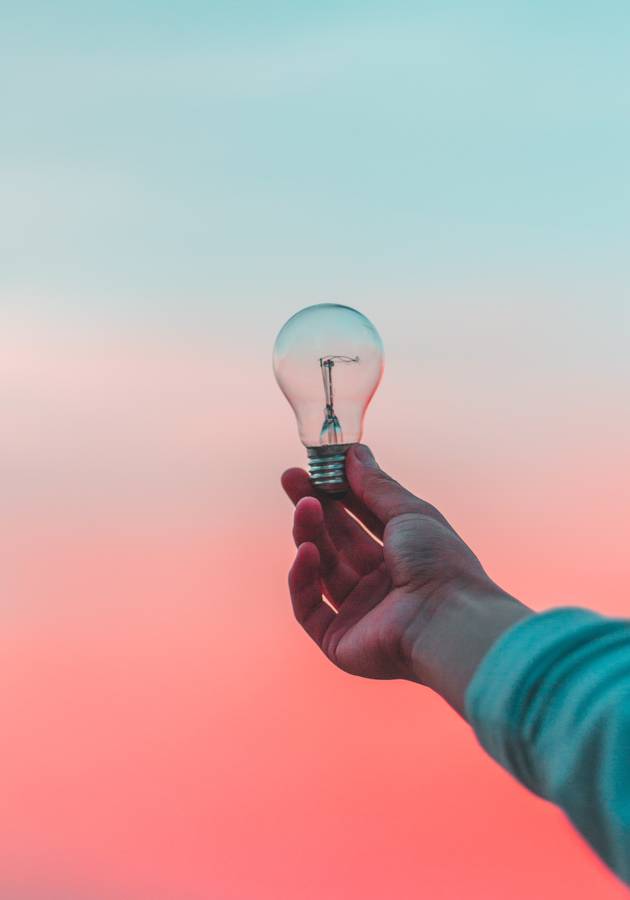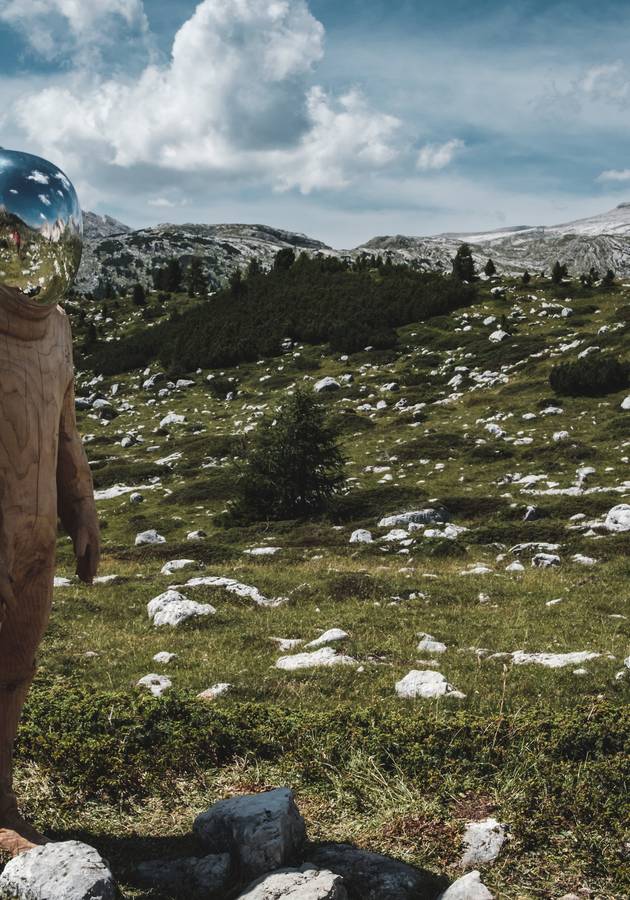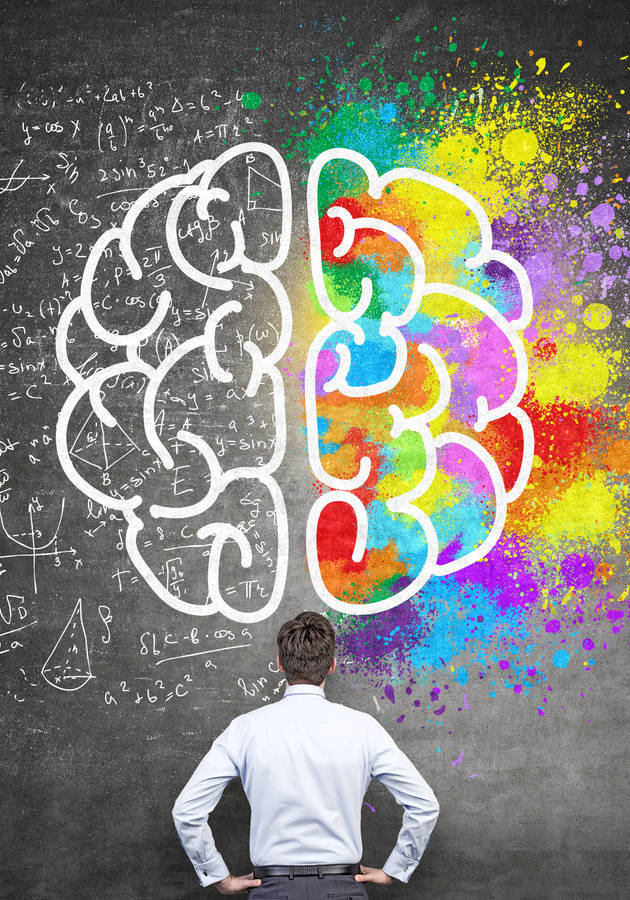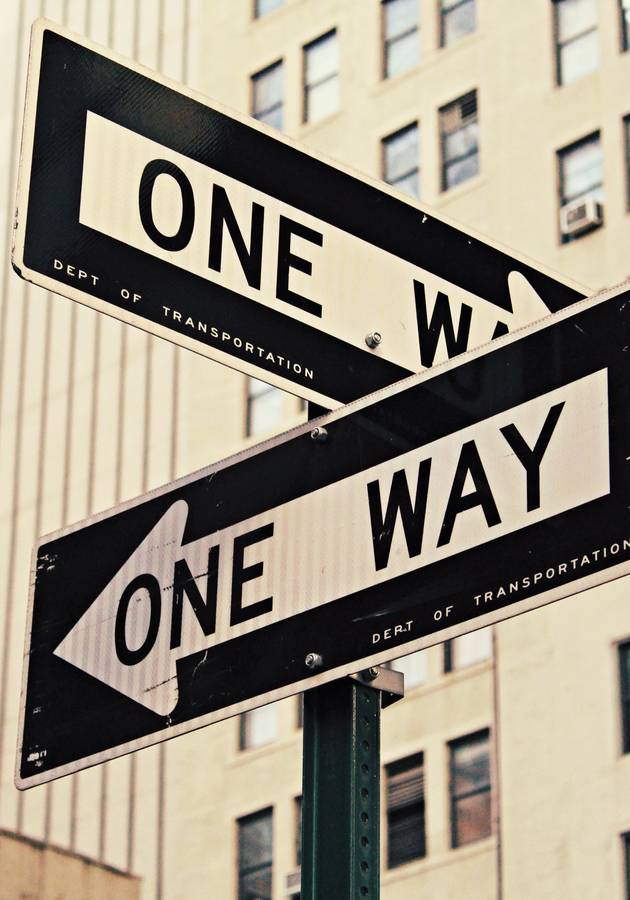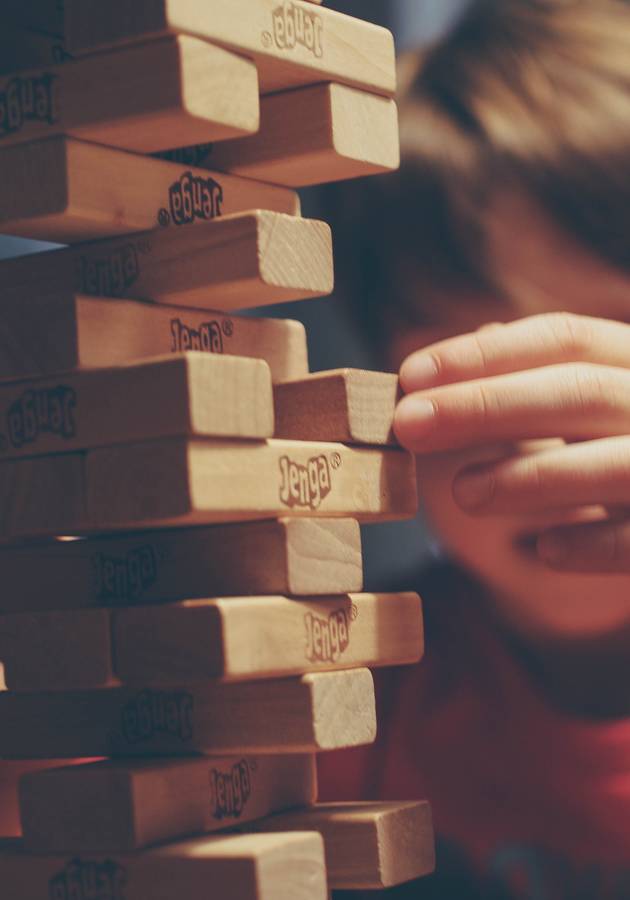Have you ever found yourself wondering how people came up with such innovative ideas as the printing press? Have you thought that you could never come up with something similar? You’re wrong, because every one of us has the potential to come up with great ideas.
In his natural history of innovation, Steven Johnson draws connections between the evolution of species and the evolution of ideas. He also outlines the most favorable conditions for creating new ideas. Get ready to discover how you can become more innovative!
Exploring the adjacent possible
The primordial soup of our world originally consisted of a few molecules such as methane and carbon dioxide. Through random collision, these combined into new patterns, forming water (H2O), or nucleic acids for DNA. But it would have been impossible to jump from these molecular parts straight into the creation of a sunflower or mosquito. Several first-order combinations were required in order to get to the point of creating something as complex as a sunflower.
The same principle governs the formation of ideas. Innovations are only ever possible in the small field of the adjacent possible. Just like molecules not being able to form a sunflower without a few steps in between, you couldn’t have invented YouTube in the 1950s, since the internet didn’t exist yet.
Each new invention makes countless new combinations achievable. The concept of the adjacent possible also explains events known as “the multiple.” That is, quite often, people make similar discoveries independent of one another, by exploring the realms of the adjacent possible.
In 1611, sunspots were simultaneously discovered by four people in four different countries. Since good ideas are built out of a collection of existing parts, it allows for new discoveries to be made at the same time independently of one another.
Some ideas skip ahead of time, but usually these innovations are short-lived since the world isn’t ready for them yet. For example, Charles Babbage and Ada Lovelace worked on the first computer, the Analytical Engine, in the 19th century – a hundred years before the first actual computer came into being.
Networking
What is an idea? On the most fundamental level, an idea is created by the collaboration of a network of neurons in our brains. And even in a larger sense, ideas depend on networks. These networks need to be big (the brain consists of millions of neurons) and plastic, meaning that the creation of new connections and the adoption of configurations is possible.
Similarly, evolution has always relied on liquid networks to create new forms of life. Life wouldn’t be possible without the carbon atom. It forms the basis of most lifeforms, including water. That is because of the unique composition of the carbon atom – it has four valence points that allow for the creation of strong connective chains and rings.
Water is also a liquid environment that allows for the creation of new species. “The hydrogen bonds that form between distinct water molecules are about 10 times stronger than equivalent bonds in ‘normal’ liquids, which gives the medium several crucial properties.” Water is simultaneously fluid and soluble, which means it can create networks of elements which collide with each other in new, unpredictable ways.
A similar randomizing network to create ideas are human cities. They, too, allow for collisions between the elements of the system. Innovative systems exist on the edge of chaos, in the “fertile zone between too much order and too much anarchy.” This is the reason why many companies have created open-plan offices: to encourage innovative ideas to form.
Good ideas take time
We often think of ideas as sudden breakthroughs, “eureka” moments or miraculous insights. In fact though, most great ideas started in a much slower fashion.
Take Charles Darwin as an example. He claims that the theory of evolution came to him in a sudden “eureka” moment, when reading Malthus’ work on population. However, a look at Darwin’s notebooks shows that all the ideas and research leading to his theory were already in his head for at least a year before he finally made the connections.
Keeping a slow hunch alive in your mind means writing everything down. As it’s characterized by being a murky, hard-to-grasp feeling that there are other avenues to explore, it passes in and out of your mind very quickly – so to keep it alive, it’s a good idea to keep a notebook by your side.
A slow hunch is basically a network of cells firing in an organized fashion in your brain. “The hunch requires an environment where surprising new connections can be forged: the neurons and synapses of the brain itself, and the larger cultural environment that the brain occupies.”
These electrochemical processes are triggered when we dream, and dreams allow for serendipitous collisions of creative insights. Dmitri Mendeleev created the periodic timetable of elements after a dream, and Kekulé had a daydream about a snake devouring its own tail, thus allowing him to finally solve the riddle of what the benzene molecule looked like. It has a round structure and Kekulé’s findings revolutionized the field of organic chemistry.
In the REM phase when we sleep our memories and associations are triggered in a semi-random fashion, allowing for new connections to be forged. Dreams, in a sense, are the mind’s primordial soup. “And hunches are like those early carbon atoms, seeking out new kinds of connections to help them build new chains and rings of innovation.”
Even when waking, the brain is constantly forging new connections. Interestingly, it also synchronizes the firing rates of the synapses. Sometimes, neurons pulse in the same rhythm, but sometimes our brain descends into chaos and there are randomized pulses.
The more disorganized the brain, the smarter you are. The seeming chaos allows the brain to experiment with new connections to come up with new, innovative ideas. This accidental connection, or serendipity, allows us to complete hunches or to open new doors to the adjacent possible.
If you want to encourage this, you can try going for a walk. By moving away from the hustle and bustle of everyday life, you get into a more associative state of mind, which allows you to forge new connections.
Keep trying
Many of the greatest inventions and discoveries of our time stem from erroneous processes. Penicillin, the basis for modern antibiotics, was discovered when Alexander Fleming accidentally let a culture of Staphylococcus become moldy. And the forerunner of photography, the daguerreotype, was discovered when Louis Daguerre stored iodized silver plates in a cabinet with other chemicals, including a jar of spilled mercury. The fumes caused the images to appear overnight on the silver plates.
Error has also played a pivotal role in development. When DNA is created in reproductive processes, sometimes errors occur. And while many genetic mutations die out, there are a few that are proven to be advantageous, and will thus be adopted for the species.
Without genetic mutations, the peacock wouldn’t have its beautiful tail feathers, and elephants wouldn’t have tusks. Of course, genetic mutation can be dangerous, and many scientists now believe that evolution has adapted its “error rate” to the perfect balance between too much stability and too much mutation. This ensures that it is still possible for a species to evolve, without the risk of dying out.
But as important as serendipity and error are in the evolution of ideas, just as important is the recycling of old ideas and concepts. Johannes Gutenberg invented the printing press by combining movable type with the screw press (for pressing grapes). He borrowed a concept from a different field to solve an unrelated problem.
These combinatorial innovations in evolutionary theory are called exaptation. One such example from nature are bird feathers. Feathers originally evolved for temperature regulation, but eventually allowed birds to fly. Exaptation involves a good deal of randomness and accident. Feathers weren’t created for flying, but once they had accidentally been used in this way, they exapted to work as such.
Charles Babbage, the inventor of the first computer, borrowed punch cards from the field of silk weaving. And the story of the World Wide Web is a story of a series of exaptations. Once it had been created by Tim Berners-Lee and customers started interacting with it, it opened up endless new possibilities for how the internet could be used. While it was originally created for scholarship, it is now used for a variety of purposes such as online shopping, sharing photos, or watching movies.
Exaptation often comes about as a result of a change in an environment. One such environment is found in the subcultures of big cities where like-minded people can interact. Exaptation is also made possible through the shared media culture of a physical environment.
Creating platforms
The coral Scleractinia has the unique ability to build coral reefs. It creates organic, calcium-based matter that can withstand the test of time. Charles Darwin was the first to discover how atolls were created: corals would build reefs on descending volcanic mountains, platform upon platform, until finally, the corals reached a depth of up to 5,000 feet before the volcanic rock was found.
Corals build platforms, in the truest sense of the word. But they also create a habitat for a whole network of millions of species that inhabit a reef once the coral has died off.
Corals are a so-called keystone species: they have a disproportionate impact on their ecosystem. Since they build an entire habitat, these kind of keystone species are also known as ecosystem engineers.
Another example of ecosystem engineers are beavers: they fell trees to build dams, which then transform temperate forests into wetlands. “The platform builders and ecosystem engineers do not just open a door in the adjacent possible. They build an entire new floor.”
And new ideas need platforms as well. For us today, the most generative platform is the internet. Every web page is a layer of platforms, ranging from HTML to HTTP. And even in the creative arts, we can find platforms: genres such as bildungsroman or acoustic folk allow artists to explore and build upon them in innovative ways.
Twitter is another excellent example for a platform. Twitter users redesigned the tool itself by introducing the “@” symbol to address other people, as well as the hashtag to group topics together. Most Twitter users interact with the service through third party creations, such as apps. This is possible because the Twitter creators Dorsey, Williams and Stone first created an open platform, an API, before they introduced Twitter.com.
If you want to create an organization that fosters creativity, you need to create an open environment where ideas can flow freely. While financial incentives can motivate innovation, these can also put up barricades. A good example for a functional innovative environment is academia: ideas are shared and acknowledged, freely accessible and allow for the creation of innovative discoveries.
Final Notes
The innovation of ideas closely resembles the process of evolution. In both instances, a space is needed where thoughts or molecules can collide randomly and create new connections - whether this is the primordial soup, the human brain, or the World Wide Web. Most ideas have come about as slow hunches, gestating over a period fraught with errors and serendipitous collisions. Some ideas and evolutionary processes have also come about as the result of a recycling of old concepts – and platforms provide excellent places for these to grow.
12min Tip
Next time when an experiment or idea of yours doesn’t turn out the way you wanted it to, keep trying – error is the way to success
